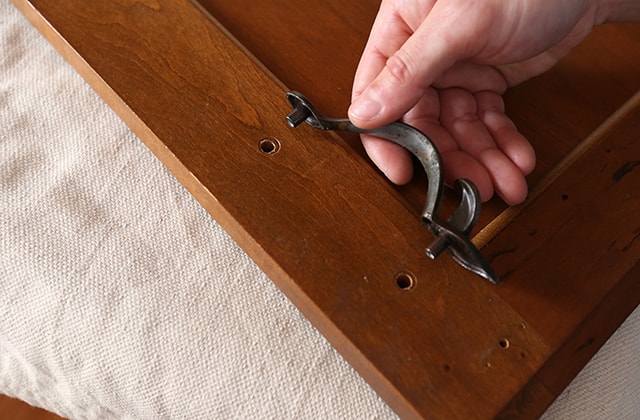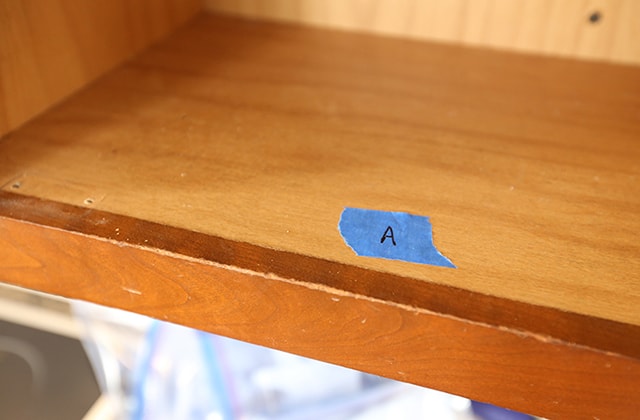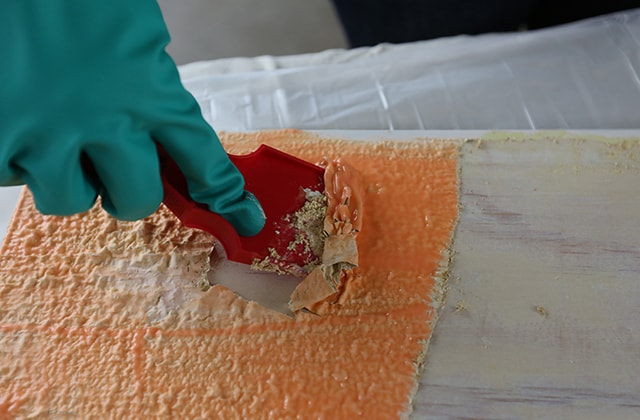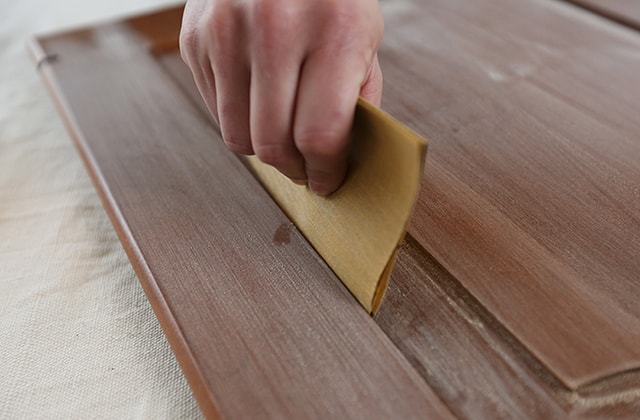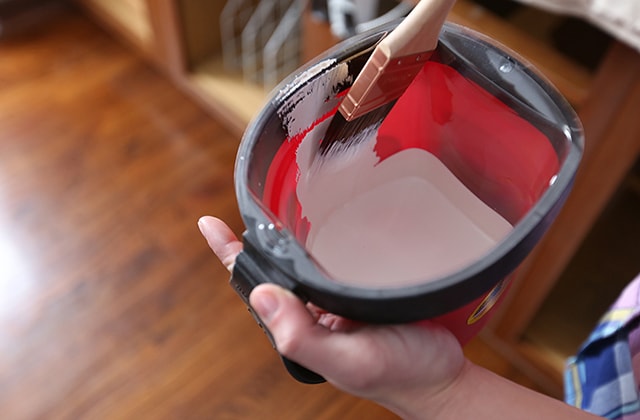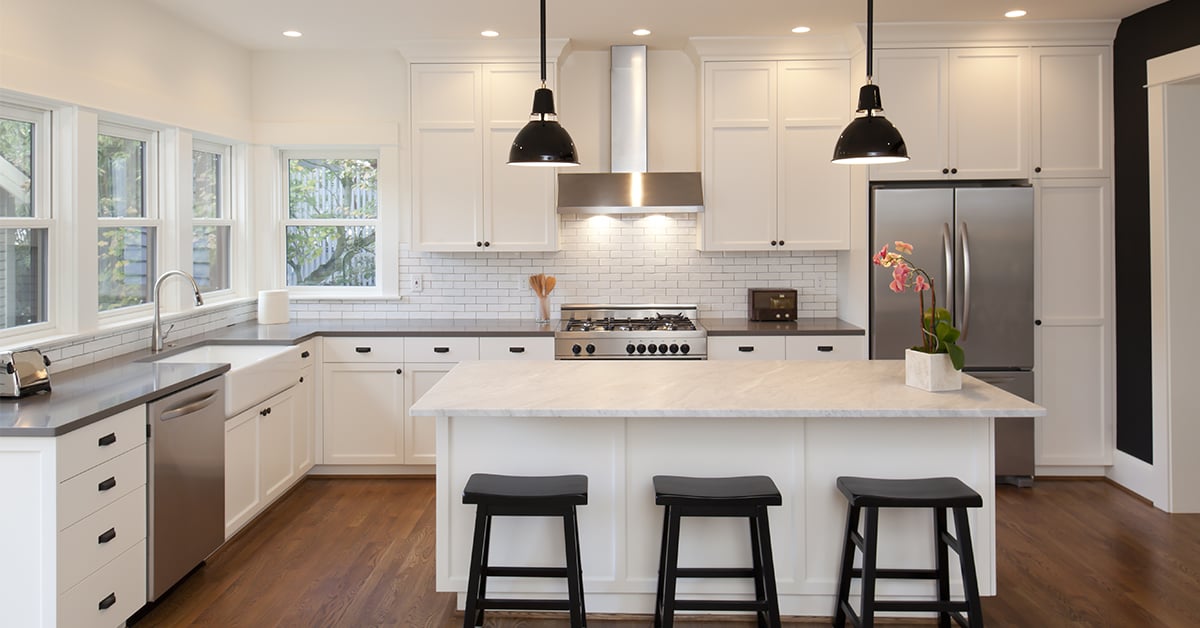1
Get Ready to Paint Your Kitchen Cabinets
- 1.1 - Pick up the right supplies for your cabinet type: laminate or solid wood. Wood cabinets are easy because you can simply scuff the surface with sandpaper and paint. For laminate cabinets, you need to use a bonded primer first. The laminate should also be in good condition to ensure good results. The label on paint cans will let you know what surface it is for.
- 1.2 - Use high-quality paint to ensure an attractive finish. Some paints are made to look very smooth, but any premium quality paint is a great choice. Acrylic latex-based paints are a particularly good option as they are easy to clean and very durable. Just ensure that it is acrylic and not vinyl. For latex paint, always follow the cure time directions.
Use the SICO Colour Selector to easily buy your paint online! - 1.3 - Ascertain the condition of the old paint. If it is still in good condition, then you can simply paint over it. If not, then you have to remove it. To do this, apply a stripping product with a paint brush. Once it reacts with the paint, peel it away using a plastic scraper. Allow the surface to dry, then remove the rest with sandpaper.
- 1.4 - Remove everything from the cabinets. You will be creating dust by sanding later.
- 1.5 - Remove the cabinet hardware, doors, and drawers, labelling where they go with painter’s tape for when you reinstall them. Keep the hardware in a plastic bag or cup so that you don’t lose any of it.












